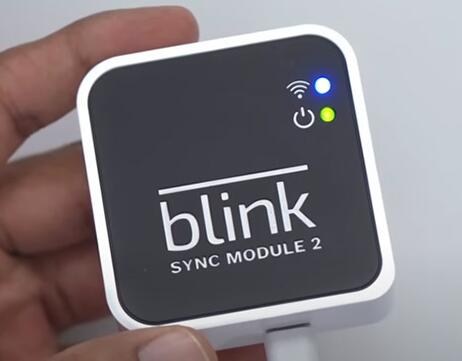Retrieving deleted Blink camera clips depends on where the clips were stored originally.
Clips Stored in the Cloud
Permanently Deleted: If you have a Blink subscription and the clips were stored in the Amazon cloud server, once you delete the video clips intentionally or accidentally, they are usually permanently erased. Blink’s customer support generally can’t help recover these deleted cloud-stored videos. The only way is to contact Blink’s customer support and wait for their assistance, but the success rate is low.
Within the Storage Period: If the video clips have not exceeded the storage period (60 days in some regions, 30 days in the EU/UK) and have been deleted by mistake, you can try to contact Blink’s customer support immediately. Submit a support request through the official channels and wait for their reply and possible recovery operations.

Clips Stored Locally on a USB Drive
Using Cloud Backup: If you have a Blink subscription, by default, the cloud-stored video clips are backed up to the USB drive connected to the Sync Module 2 once every 24 hours. So if the clips are deleted from the USB drive, you can try to find the corresponding clips in the cloud storage first and redownload them to the USB drive through the Blink app.
Using Data Recovery Software
Panda Assistant also supports a variety of file types, including documents, photos, videos, music, and more. Whether you’re recovering office documents, personal photos, or media files, the software ensures that all your important data can be recovered with minimal hassle. It’s also compatible with a wide range of file systems, including NTFS, FAT, and exFAT, further enhancing its versatility.
Security and privacy are top priorities when using any data recovery tool, and Panda Assistant is no exception. The software ensures that all recovered files are securely restored to a location of your choice without compromising the integrity of your system. It does not modify or overwrite existing files, ensuring that your system remains intact during the recovery process.
For users with more advanced needs, Panda Assistant also offers additional features like disk imaging, which allows you to create a backup image of your hard drive or other storage devices. This feature is particularly useful for preventing future data loss, as it provides an additional layer of protection by enabling you to restore the entire disk or partition in the event of a failure.
Prevention of Data Loss
Regularly Backup Data: Use cloud storage, external hard drives, or other storage devices to regularly back up your Blink camera clips. You can set up a schedule to back up the data to ensure that you have a copy of the important clips.
Enable Subscription Services: If possible, subscribe to Blink’s cloud storage service. This will ensure that your video clips are stored in the cloud for a certain period, providing an extra layer of protection against data loss due to local storage issues.
Handle Storage Devices with Care: When using a USB drive to store Blink camera clips, avoid removing the USB drive suddenly or using it in an environment with unstable power supply. Also, regularly check the health of the USB drive to ensure its normal operation.
About us and this blog
Panda Assistant is built on the latest data recovery algorithms, ensuring that no file is too damaged, too lost, or too corrupted to be recovered.
Request a free quote
We believe that data recovery shouldn’t be a daunting task. That’s why we’ve designed Panda Assistant to be as easy to use as it is powerful. With a few clicks, you can initiate a scan, preview recoverable files, and restore your data all within a matter of minutes.
Subscribe to our newsletter!
More from our blog
See all postsRecent Posts
- Pyspark look for parquet format file 2025-02-24
- Clip studio paint unsupported file format 2025-02-24
- Cannot execute binary file: exec format erro 2025-02-24









